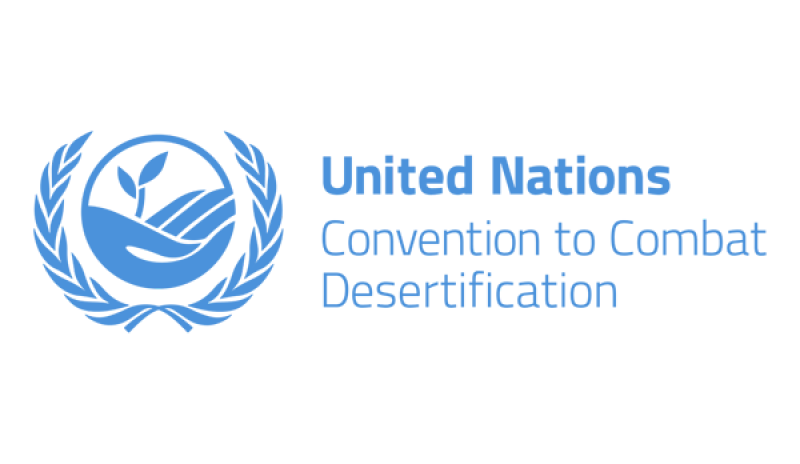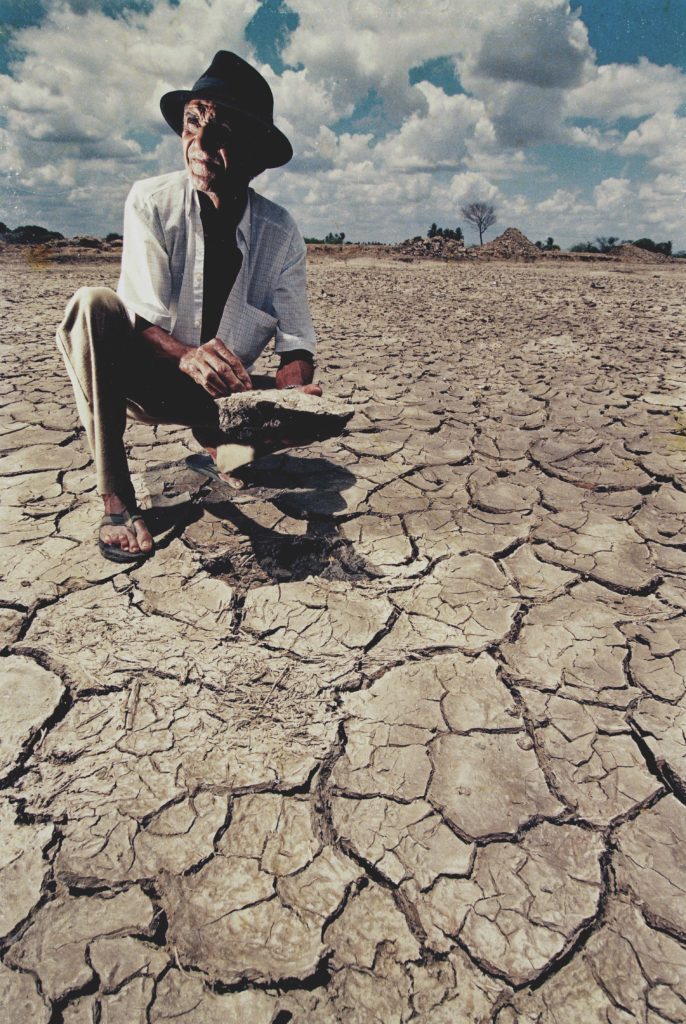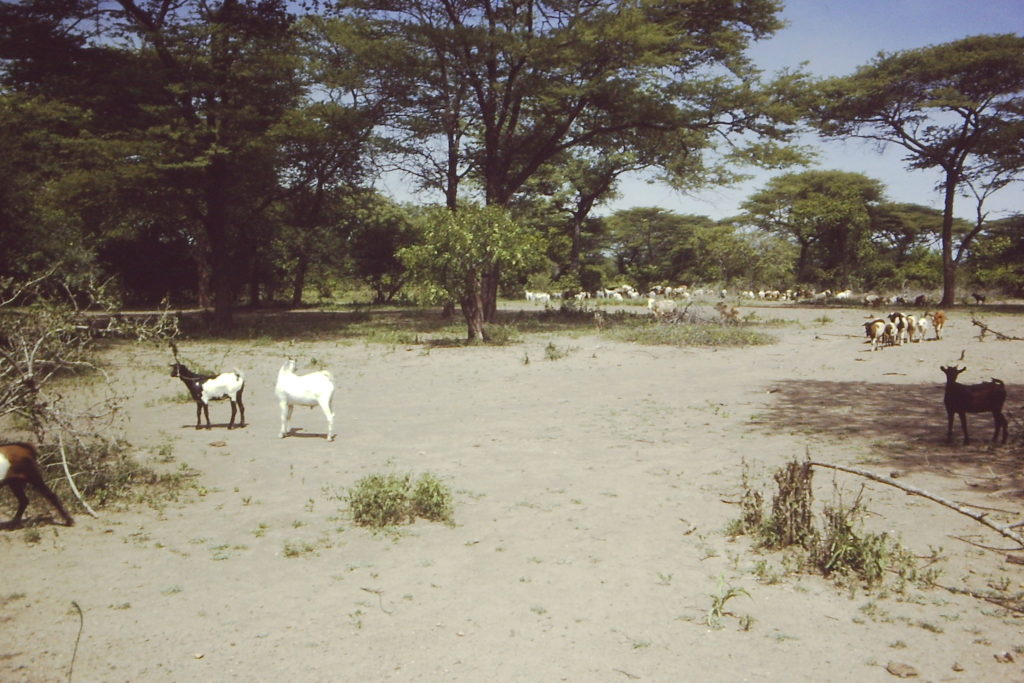On this date in 1996, the world’s nations began implementing the United Nations Convention to Combat Desertification. We all grew up learning about the southward spread of Africa’s Sahara Desert, but that “poster-child” representation of desertification is insufficient, at best, and misleading, at worst.

The world’s concern about desertification began long before 1996. The UN first developed a plan to fight desertification in 1977, but a later analysis showed that conditions had only gotten worse since then. So, at the 1992 Rio Conference on Environment and Development, participants ordered the UN to get serious about fighting unsustainable land-use changes, and in 1994 the United Nations Convention to Combat Desertification (UNCCD) was passed, to take effect when the 50th country ratified it. That occurred on December 26, 1996.
The UNCCD defines desertification as the degradation of drylands. The spread of deserts is one dimension of the problem, but loss of productivity in a range of other drylands is the real culprit—and target. Drylands are defined as deserts (6.6% of global land coverage), arid lands (10.6%), semi-arid lands (15.2%) and dry sub-humid lands (8.7%). Altogether, these lands comprise 41.3% of the earth’s surface (without deserts, that’s about one-third of the earth). Dryland covers about two-thirds of Africa and 70% of India.

And big chunks of the world’s dryland are suffering, about 25 million new acres annually. The causes are many. Drought, made worse by climate change, is a primary cause of desertification in the driest regions of the world (much of northern Africa). Irrigation is used on a majority of dryland crops, but inappropriate irrigation (too much or using salt-laden water) can cause salt to build up in soils, thereby reducing productivity. This is a major issue in India, which today is experiencing the most dramatic degradation of its cropland productivity.
Overgrazing and overharvest of fuel wood also spur land degradation, as soil looses plant cover that once slowed erosion. Vast dryland areas that once grew perennial grasslands have been turned into agricultural lands growing annual crops. The loss of year-round ground cover increases erosion, reduces soil moisture and generally reduces production. Because these trends occur largely in the world’s poorest countries, nearly one billion people are at risk of early death from famine, infant mortality and other factors. Biodiversity loss is also a concern, but little is known about the overall biodiversity in dryland ecosystems.

The UNCCD is the world’s strongest tool with which to fight desertification. It is a legal treaty, signed by 197 parties (including the U.S.). The approach to fighting the problem is a commitment to “land-degradation neutrality” by 2030, as prescribed in the UN’s Sustainable Development Goals (specifically, goal 15.3). This means that any losses in dryland productivity will be balanced by gains on other lands. So, fighting desertification means stopping loss, but also improving the conditions of all lands. More than 120 countries have committed to setting targets to achieve land-degradation neutrality so far (the U.S. is not one). This approach requires developing and implementing technical improvements to combat all the specific causes, but more importantly connecting people with the landscape to develop community-based solutions that pay attention to local conditions and opportunities.
So, when you think about desertification in the future, don’t just think about encroaching deserts. Think about—and act to reverse—the degradation of nearly one-third of the earth’s dryland surface. And, for that matter, productivity losses wherever they occur.
References:
DownToEarth.com. 2019. Desertification setting in across a quarter of India. Available at: https://www.downtoearth.org.in/news/environment/desertification-setting-in-across-a-quarter-of-india-66407. Accessed January 13, 2020.
Physics.org. 2018. New World Atlas of Desertification shows unprecedented pressure on planet’s resources. Available at: https://phys.org/news/2018-06-world-atlas-desertification-unprecedented-pressure.html. Accessed January 13, 2020.
Rafferty, John P. and Stuart L. Pimm. Desertification. Encyclopedia Britannica. Available at: https://www.britannica.com/science/desertification/Rain-fed-croplands. Accessed January 13, 2020.
United Nations Convention to Combat Desertification. About the Convention. Available at: https://www.unccd.int/convention/about-convention. Accessed January 13, 2020.
United Nations. United Nations Decade for Deserts and the Fight Against Desertification. Available at: https://www.un.org/en/events/desertification_decade/whynow.shtml. Accessed January 13, 2020.
